
How to test for tetanus in dogs?
Tetanus in dogs often starts with subtle signs most owners miss—like a stiff jaw when grabbing a favorite chew toy or hesitation to climb stairs they once bounded up.
I watched my neighbor’s litter of Chihuahua puppies last month, their tiny bodies wriggling in a heap. At 12 days old, their eyes were still shut tight, but by day 15, little slits appeared—cloudy, blue, and full of wonder. “When will they stop crawling?” she asked, as one puppy inched toward a sunbeam, front legs paddling like a turtle. Those first steps are a milestone, but they don’t arrive the second their eyes open. Nature takes its time, making sure their bodies are ready to keep up with their newfound vision.
Puppies’ eyes open between 10-14 days, but their world stays blurry for another week—think of it like looking through a fogged window. Their brains are still learning to process light and movement, so rushing to walk would be confusing (imagine trying to run with a blindfold half off). Meanwhile, their legs are catching up: muscles that were weak and floppy at birth start to firm up, and joints (like tiny hinges) begin to work together. A vet in Atlanta calls this “coordinated development”—vision sharpens just as their legs get strong enough to support their wobbly bodies.
Those first steps usually come 7-10 days after their eyes open, around 18-24 days old. At first, it’s less “walking” and more “controlled falling”: legs splay out, tails stick straight up for balance, and every step looks like they might topple over. My cousin’s Yorkie puppies took their first steps at 20 days—one managed two strides before plopping down, tongue lolling, as if proud of the achievement. By 4 weeks, they’re “cruising”—sidling along furniture, chasing each other in circles, and discovering that carpet tastes weird. This clumsy phase is key: each stumble strengthens their muscles, and each near-miss teaches them to judge distances (handy for avoiding your shoes later).
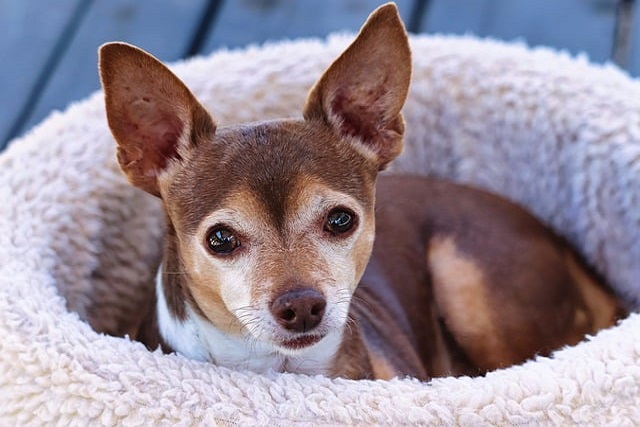
For new owners, set up a “puppy playground”: a small, enclosed area with soft blankets, no stairs, and a few safe toys (like a rubber ball). Let them explore—picking them up too often can slow their progress. Once they’re walking, introduce new textures (a fuzzy towel, a smooth tile) to build confidence. In apartments, keep their space quiet—loud noises (like a slamming door) can scare them into crawling again. When they hit 6-8 weeks, schedule their first vaccine (distemper, required for socialization classes) and start potty training: take them outside after naps, and praise like crazy when they go (positive reinforcement works here!).
Remember, legal basics: Rabies vaccines are mandatory in all states, usually given at 12-16 weeks. When walking them (once vaccinated), carry poop bags (Miami fines $150+ for skipping this) and stick to quiet streets—busy sidewalks can overwhelm their still-developing senses. And never scold a wobbly puppy—those stumbles are part of learning. Cheer them on, and soon enough, they’ll be zooming through your living room, knocking over their water bowl with the confidence of a pro.

Tetanus in dogs often starts with subtle signs most owners miss—like a stiff jaw when grabbing a favorite chew toy or hesitation to climb stairs they once bounded up.
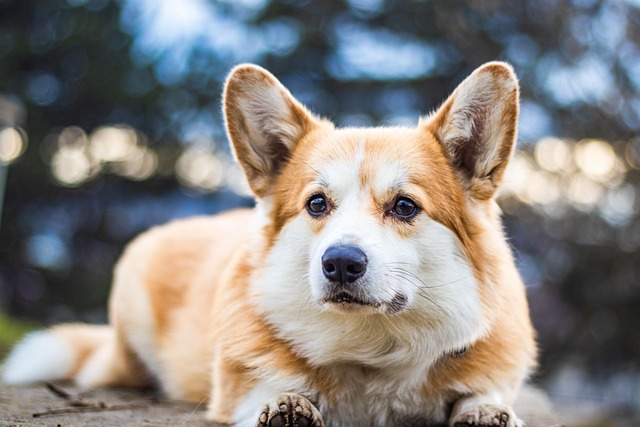
If you’re a new dog parent in the US—maybe you’re standing in your Ohio apartment’s pet store aisle, holding a bag labeled “senior dog food” while your 8-year-old Dachshund
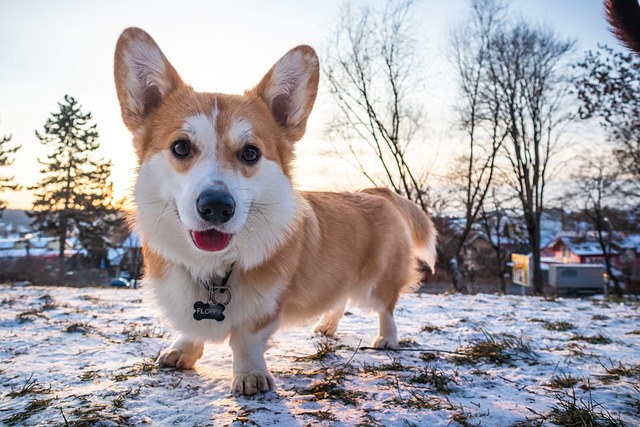
If you’re a new dog parent to a senior pup in the US—maybe you’re standing in your Florida apartment’s pet food aisle

Pet owners often worry about hidden health risks for their dogs, and toxoplasmosis is one that flies under the radar for many—understanding how dogs pick it up is key to keeping them safe.
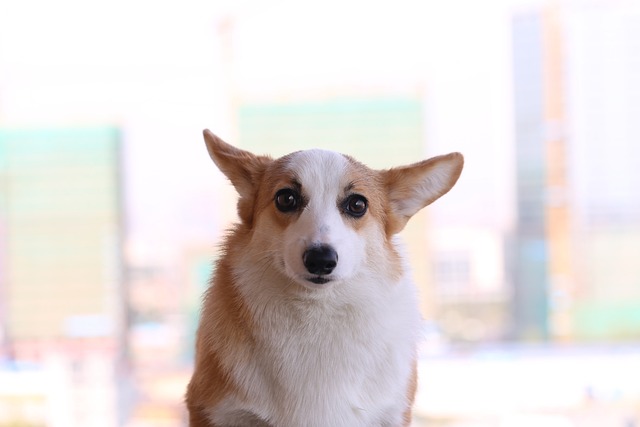
If you’re a new dog parent in the US—maybe you’re standing in your Chicago apartment, staring at your 7-month-old Poodle mix, Bella
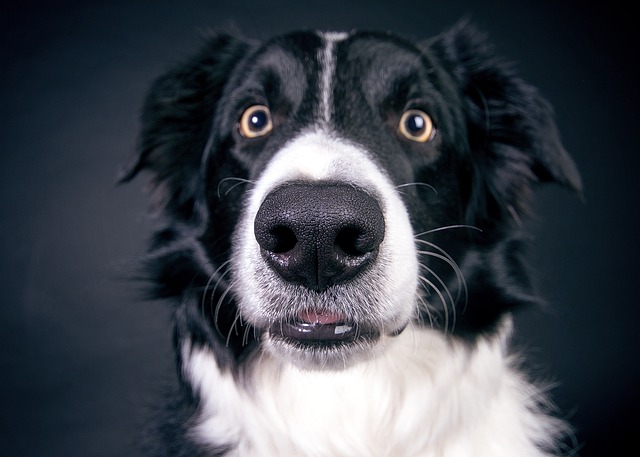
Tetanus in dogs comes from bacteria entering open wounds—think a deep cut from a rusty fence nail during a walk, or a scraped paw from digging in contaminated soil.